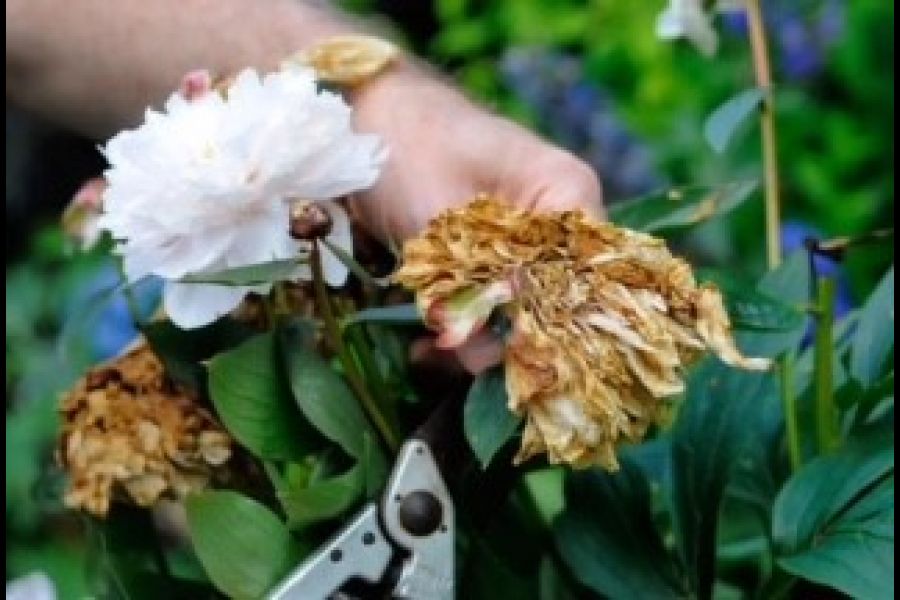This is the fifth in a 10-week gardening column series, organized by the Niagara-on-the-Lake Communities in Bloom committee.
Marla Percy
Special to The Lake Report
Unless your garden has nothing but shrubs and evergreens, you will inevitably have to confront flowering plants with shrivelled, spent blooms. If you want your garden looking presentable, you will have to deadhead.
Deadhead doesn’t refer to your odd nephew, it simply means cutting off dead blossoms to tidy up the appearance of your plants. But appearance isn’t the only reason for doing it.
By cutting off old blooms, the plant is encouraged to send out new blooms and often the second blooms are longer-lasting. Without deadheading, the plant thinks it is time to produce seed, so it will stop the production of flowers.
Grab the stem and cut just above the first set of full healthy leaves. Cutting off the stem too high leaves silly sticks, so cut down to the first set of a good leaf joint and tidier plant.
For small flowers with small stems, simply pinch the stem and snap it off with your fingers. Garden snippers (similar to but sharper than scissors) are easier for arthritic fingers.
For larger stems, use secateurs and cut at a 45-degree angle. The sharper the better, as mashed edges make a messy job and encourage diseases.
If your plants are low, get a pad to kneel on so you’re not bent over for long periods.
Deadheading is not difficult but can be boring. Try to deadhead every couple of days for short periods rather than one day for hours. (Although, you can always think of things you don’t like as you’re snipping.)
You can get great value from deadheading plants such as phlox, delphiniums, lupines salvia, shasta daisies, yarrow, coneflowers, and, of course, roses. If you deadhead them before they have wilted, you can enjoy them for a few more days indoors.
Some plants with many small flowers growing together can be sheared, but be careful not to shear so low that you’re cutting new blossoms coming up from beneath.
Summer is short so this is only a two-month job. Once September comes around, you can let your flowers go to seed and enjoy the seedpods in the lovely autumn months or collect the seeds for next year.
* Visit jointheconversationnotl.org/garden to check out the Garden of the Week contest, run by the Town of Niagara-on-the-Lake’s Communities in Bloom committee, and submit your garden or garden feature for consideration in one of 10 categories.
Marla Percy is past-president of the Niagara-on-the-Lake Horticultural Society.








